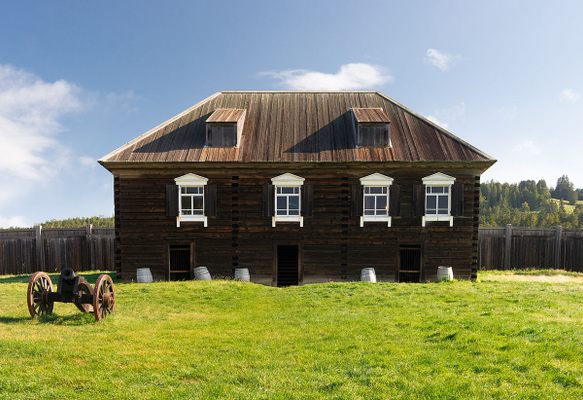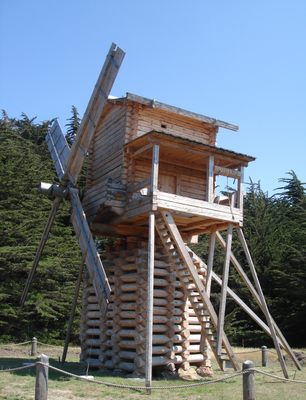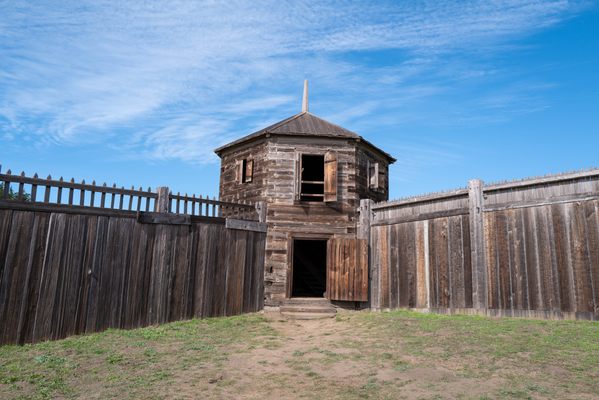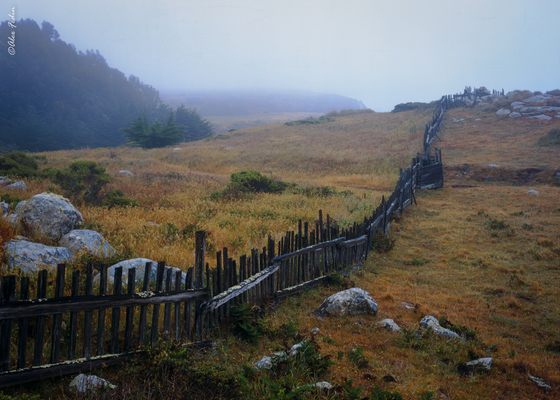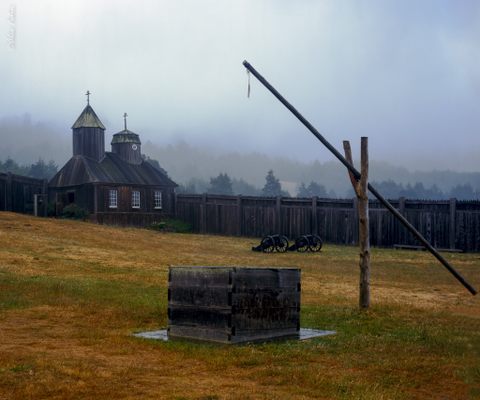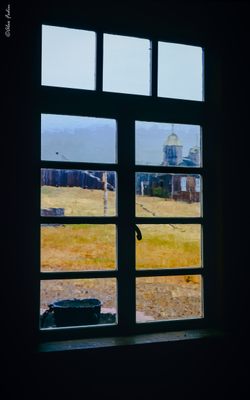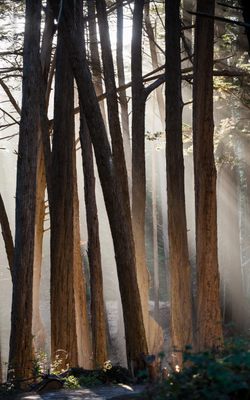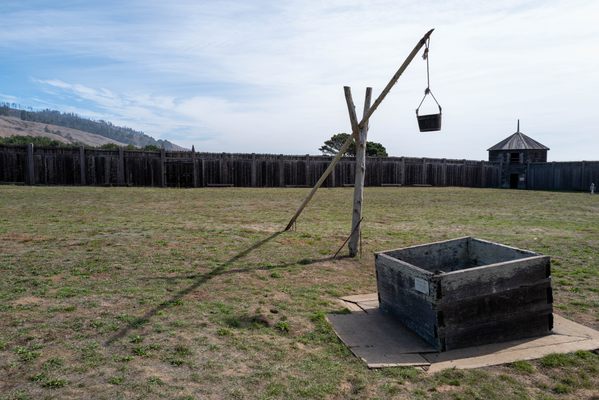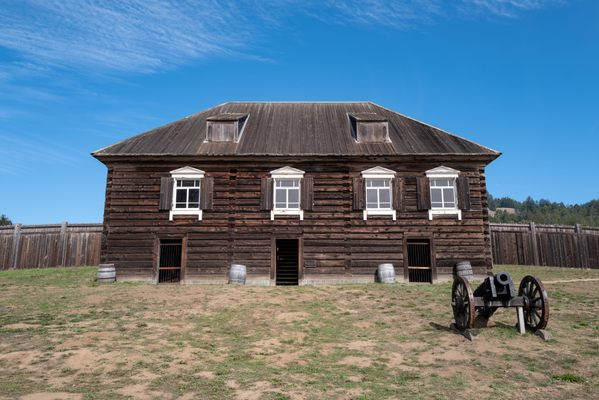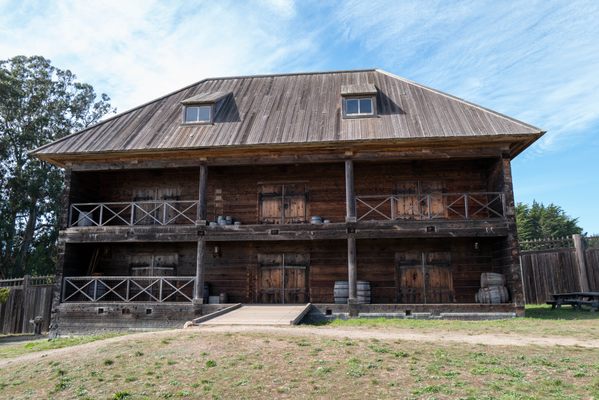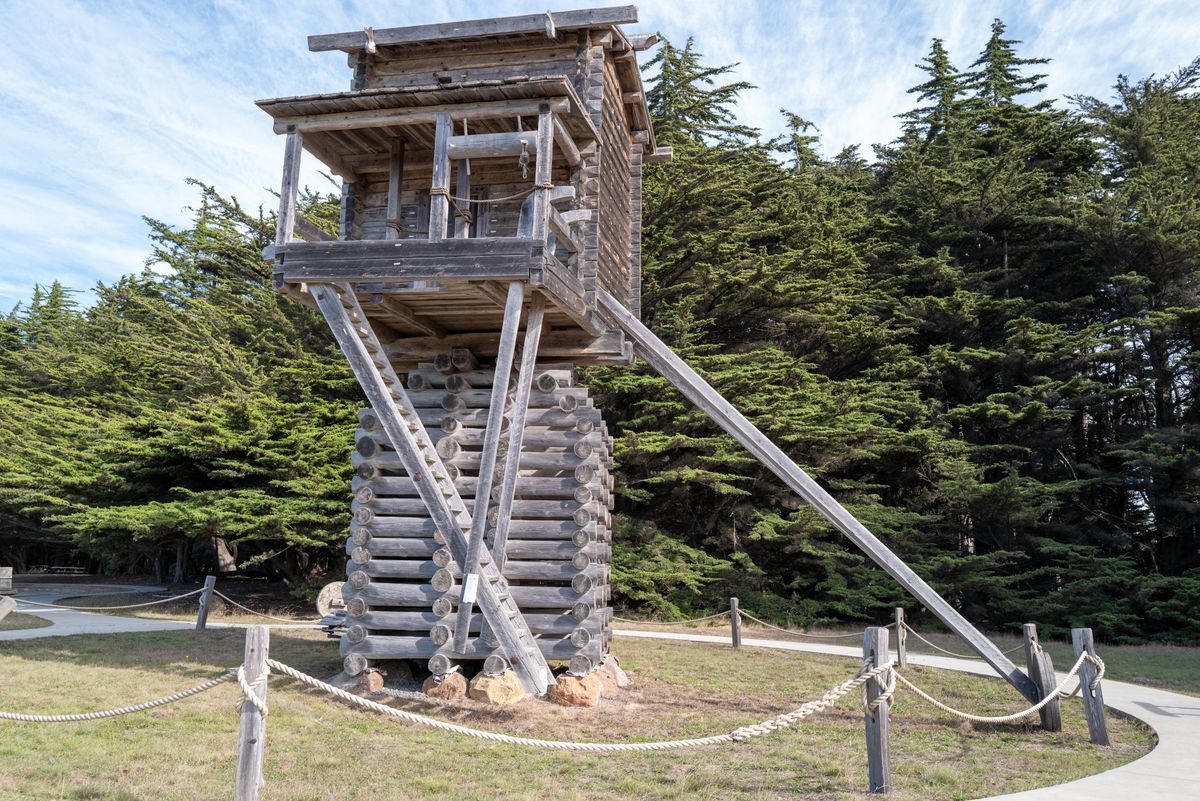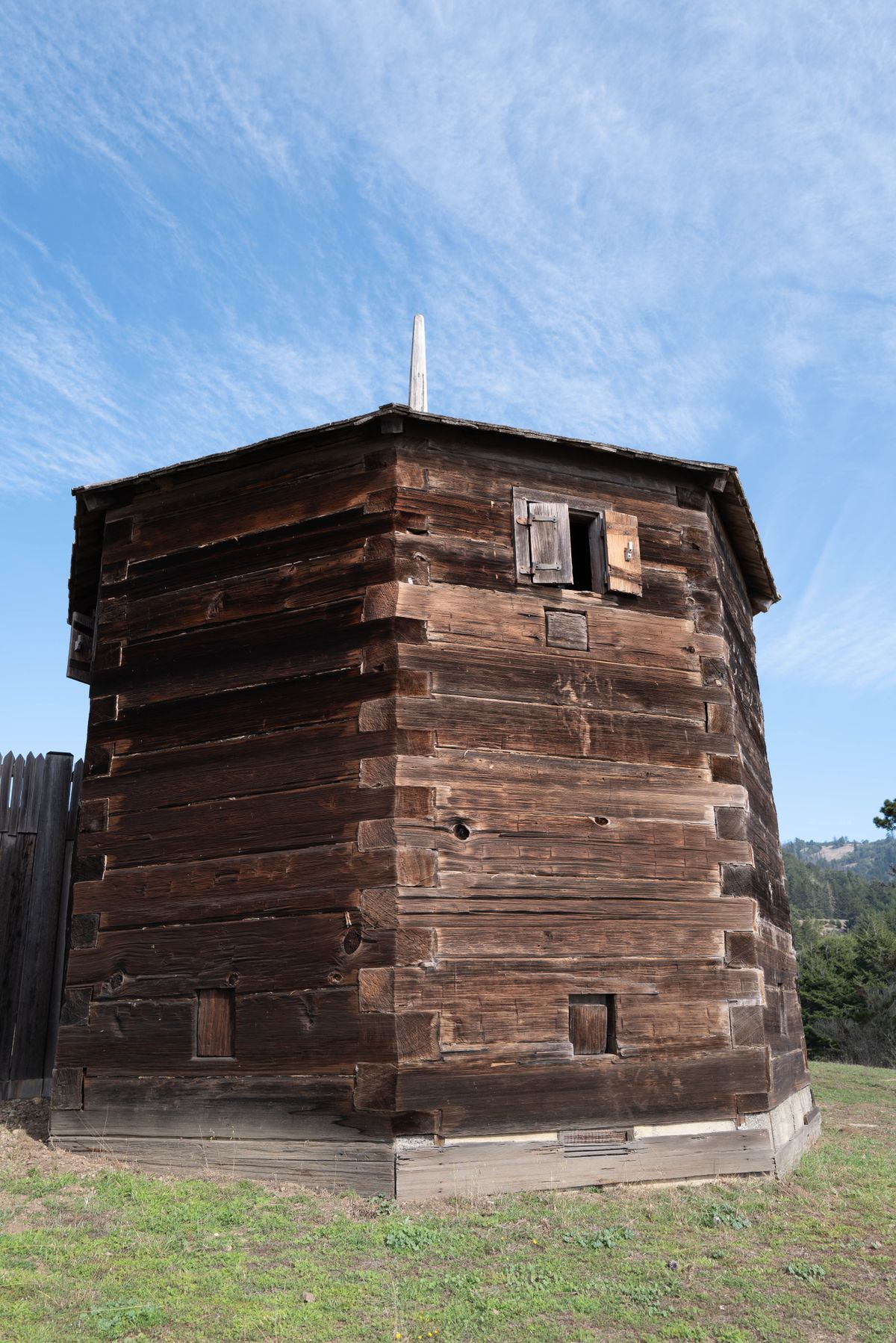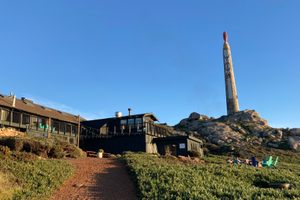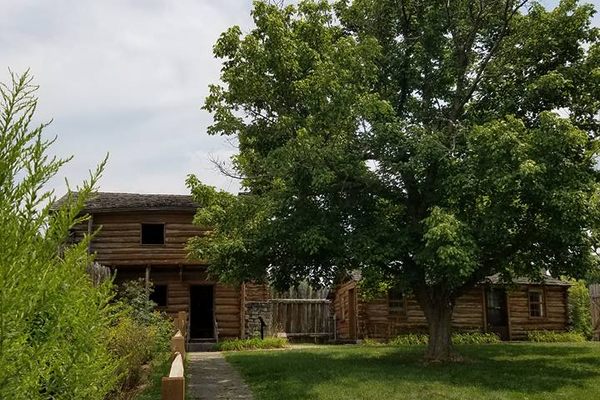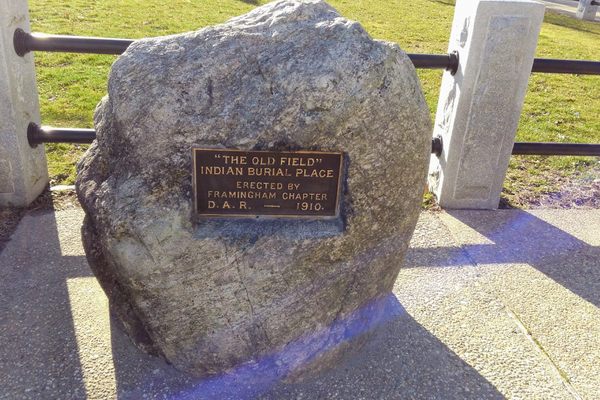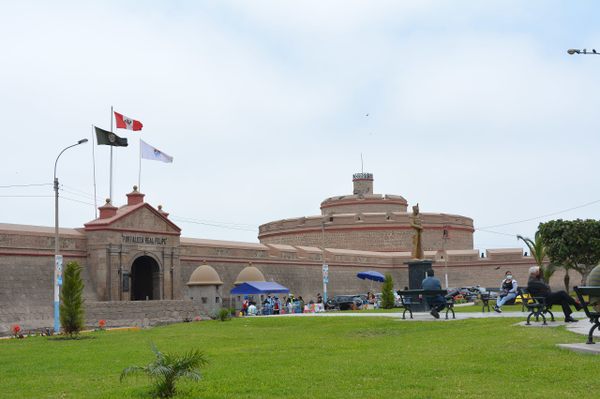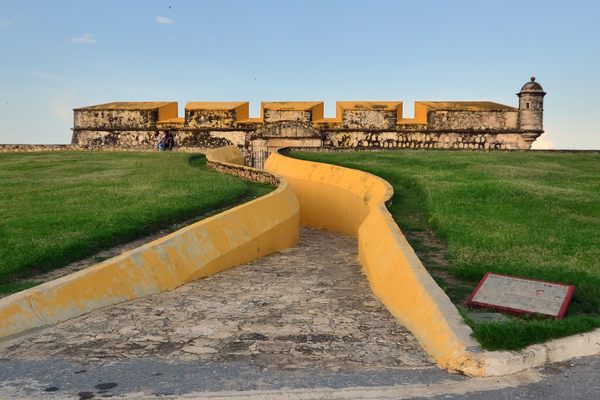About
When people think of California many things come to mind, and 19th-century Russia is generally not one of them. Yet just 125 miles north of San Francisco sits Fort Ross, the most southerly outpost of the old Russian Empire in what is now the United States.
Russia's expansion eastward began in the 16th century under Ivan the Terrible, and in 1741, Russian explorers "discovered" Alaska across the Bering Strait. Not long afterward, the Russian American Company was granted a monopoly by the tsar over Alaskan trade, and the empire continued to push into North America.
Seeking to buy provisions, in 1806 the RAC sent two ships to San Francisco, then under Spain. The commandant of San Francisco was reluctant to allow foreign influence so the negotiations lasted six weeks. During that time the Russian leader Nikolai Rezanov became engaged to the commandant's daughter. Rezanov left to get permission from the Tsar to marry outside his Russian Orthodox religion, but died while riding across Siberia. His intended waited patiently for his return, eventually becoming a nun. This tragic love story was told in a poem by Bret Harte, and in 1981 a Moscow play Juno and Avos based on the story packed theaters.
In 1812, a group of Russian and native Alaskan Aleuts sailed south and established Fort Ross in what is now Sonoma County in northern California. They built a trading post comprised of several redwood structures as a base to hunt sea otter, plant crops, and trade with the Spanish colony of California.
Ultimately, the location proved hard to manage and unprofitable in the long term. Between this and the growing conflicts with the Mexican government and American settlers, the company closed the fort and retreated to Alaska.
Today, Fort Ross stands along Highway 1 and is part of the California State Park system. The fort includes restored and reconstructed wooden structures that look much like they did when the Russians lived here. It also houses a full-size replica of the first Californian windmill, an Orthodox church, and a visitor center with information about the fort and the often forgotten history of Russian settlement in California.
Related Tags
Know Before You Go
Fort Ross is open Friday to Monday from 10 a.m. to 4:30 p.m. There is an $8 charge to get into the state park. The fort sits on a particularly beautiful stretch of the California coastal highway, although those afraid of heights may find it stressful. Don’t miss the windmill.
Published
January 11, 2019


